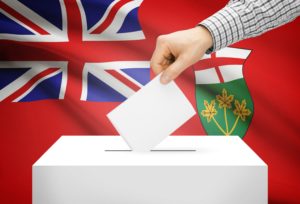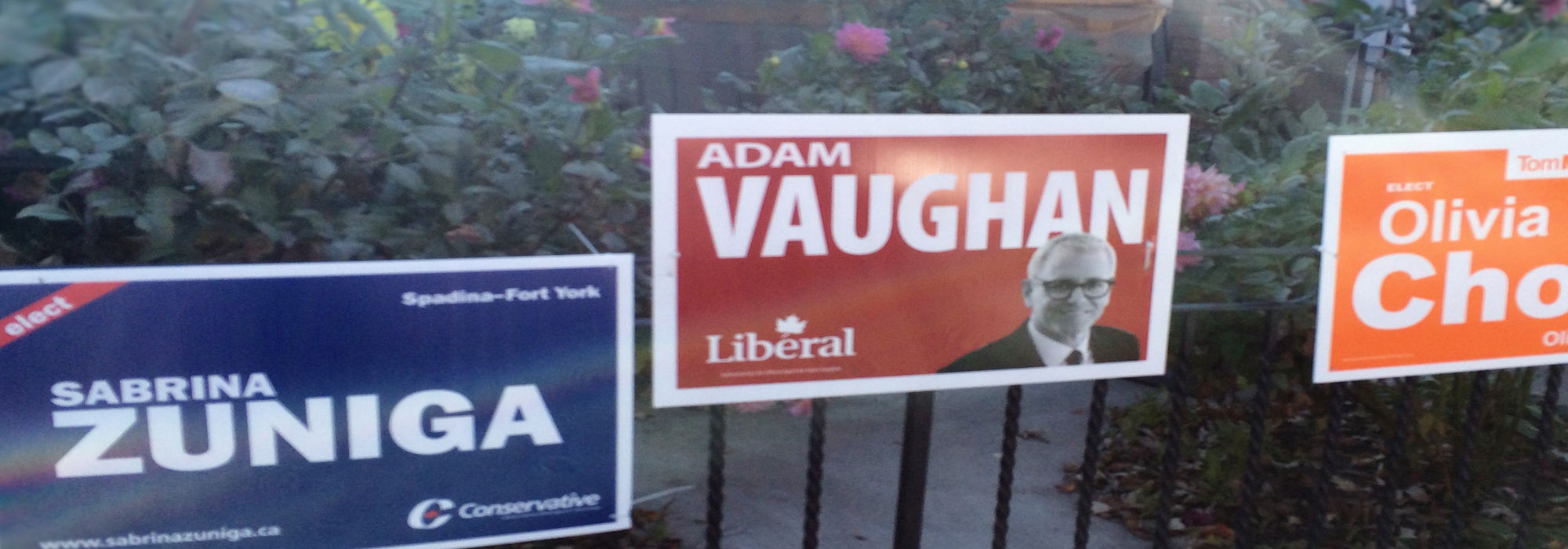
Various media reports have speculated on how Canadian election outcomes might have differed if a proportional representation (PR) system had been in place. But those accounts don’t consider two important factors: whether there would be different party choices on the ballot, and whether voter preferences would stay the same in the context of a different electoral system. These are unknowns that researchers, including myself, have examined closely.
Under a proportional representation (PR) system, would new parties form? The common expectation is yes, given that more proportional electoral systems tend to have more parties. Gary Cox’s “M+1” rule suggests that the number of parties competing in a district will correspond to the number of seats available, plus one. That is, if there is one seat being contested, then two parties should field candidates; if there are five seats, then six parties would compete. It makes sense for a runner-up to stay in the game, but beyond that the logic of competing without a real chance of winning is unclear. We can also look to what happened in New Zealand when they switched from a first-past-the-post (FPTP) to a mixed-member-proportional (MMP) system. In 1993, four parties gained representation in Parliament under FPTP rules; six received seats in 1996 under MMP.
Scholars also argue that social forces are important factors in whether parties proliferate. If there are salient political cleavages between groups in society, and the electoral system can sustain more parties, then evidence has shown more parties are likely to exist. A different argument is that proportional representation is chosen after multiple parties (that worry about success going forward) have already formed.
Regardless of how many parties contest an election, real change will only happen if voters adjust their choices.
Without a crystal ball, it is difficult to predict how many parties would be serious contenders in Canadian elections under a more proportional electoral system. However, we should remember that there were 23 registered political parties at the time of the 2015 Canadian election, but only 5 ended up with representation in the House of Commons. Would voters have supported some of the other parties under PR rules? This is the second, and perhaps more important, “unknown.” Regardless of how many parties contest an election, real change will only happen if voters adjust their choices.
It is generally assumed that voters will gravitate toward the top two contenders in an electoral race for a single seat under FPTP rules. This is part of Duverger’s Law, and it is based on the idea that voters want to influence the election outcome; voting for a smaller or less popular party would not have any effect (i.e., the idea it would be a “wasted vote”). This same logic suggests that voters will be more likely to support non-front-runners when parliamentary seats are awarded more proportionately, because even small parties have a chance of getting seats. This argument, and the expectation that more parties will gain support (and representation) under PR, is persuasive. However, it relies on specific expectations about citizen behaviour.
The voters’ behaviour will determine whether electoral reform has major or minor consequences for Canadian society.
Studies of strategic voting have shown that some voters continue to support non-front-runner parties, even when they have no chance of winning, which makes strategic voting fairly limited in Canada. Therefore, the big “unknown” about electoral-system change is whether voters would respond to the different incentives by supporting non-front-runner parties, and also new or very small ones, in even greater numbers. Given that so many parties already exist in Canada, the question is not so much whether more options will crop up under a new PR system, but whether voters will shift their support to some of the parties that are already available under different electoral rules. The voters’ behaviour will determine whether electoral reform has major or minor consequences for Canadian society.

In a 2012 study, I and four other colleagues considered this question in the context of the Ontario 2011 election. We invited participants to vote under three different electoral rules for the actual candidates in the pending election. We found that, compared with the first-past-the-post rules that governed the actual election, if voters had been using an alternative vote (AV) system — a ballot on which voters indicate their ranking of candidates — 12 percent would have supported a different candidate as their first choice. If the electoral system was PR, such that one voted for a party (rather than for a candidate), 21 percent would have voted differently.
These kinds of differences were found in similar data gathered in Quebec at the time of the 2012 provincial election: 12 percent changed their vote preference when they used an AV ballot and almost 22 percent switched between the FPTP and PR ballots. During the 2013 British Columbia election, the study was run again, this time giving voters the opportunity to vote using a single-transferable-vote ballot, the kind that was defeated in provincial referendums in 2005 and 2009. Analysis shows that about 16 percent of voters would have indicated a preference for a different party than they would under FPTP rules.
Even more importantly, the changes in voting preferences led to increased support for small parties. In Ontario, for example, the Green Party would have earned 6.9 percent of the vote under AV or PR, compared with 2.9 percent under FPTP. Similar results were found in the Quebec and BC studies. Thus, there is some quasi-experimental evidence that Canadian voters would change their vote behaviour if the rules were more proportional, and that this would benefit smaller parties.
It is undeniable that changing how votes are cast and counted could change the outcome of elections. Research tells us that such change is very likely, as under a more proportional electoral system many voters would alter their vote choice to support smaller parties. In the end, Canadian politics could be dramatically transformed, with more representation of diverse views. Whether this is a good or bad outcome depends on the eye of the voting beholder.
This article is part of the Electoral Reform special feature.
Do you have something to say about the article you just read? Be part of the Policy Options discussion, and send in your own submission. Here is a link on how to do it. | Souhaitez-vous réagir à cet article ? Joignez-vous aux débats d’Options politiques et soumettez-nous votre texte en suivant ces directives.







